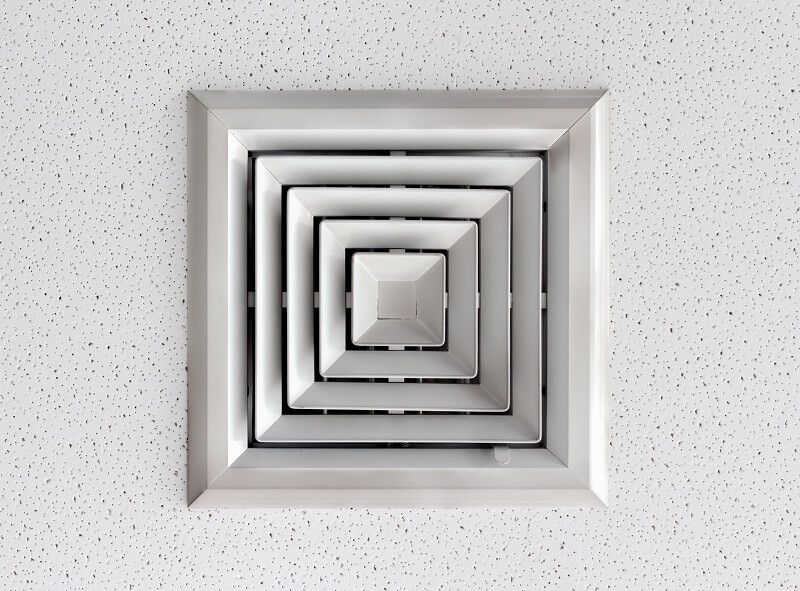Ducted reverse cycle air conditioning is a great choice for homeowners who want to save money on their energy bills. These units are particularly popular in Australia because they use fewer power-generating units than air conditioners that run on a reciprocating cycle. They are also quieter and cooler than other types of air conditioning systems.
The ducted reverse cycle systems convert air from their source into a cool, dry fluid called a refrigerant. The refrigerant passes through an evaporator coil, where it is reheated and heated up again, returning the refrigerant to its original state. The refrigerant then travels through another evaporator coil to become air. The final phase of the system is the compressor, which turns the air back into a liquid and forces it through a series of heating and cooling loops to generate cool air in the home.
A refrigerator with refrigerant powered by electricity uses a series of valves to regulate the flow of refrigerant to the compressor. The valves adjust the pressure at which the refrigerant moves through the coils, depending on the room temperature. As the refrigerant flows through the coils, it warms and becomes compressed, cooling the room's air and preventing excess heat from the evaporator coils from warping the refrigerant.
Additional System Information
At the same time, the coils help maintain the room's average temperature. When the amount of refrigerant in the system is low, the valves control the flow of refrigerant to keep the room temperature constant. It's important to maintain this aspect.
Also, this system can run quietly because the evaporator coils are essentially noiseless. A traditional system uses many fans, which tend to drive the noise from the vents in the unit. Ducted reverse cycle systems operate silently because of the evaporator coils and the refrigerant has little or no vibration.
The refrigerant is kept cool by a few large fans that push the cool refrigerant around the system. The cooler the refrigerant is kept, the less noise it makes. The system is quiet enough that it doesn't have to make a lot of noise.
Benefits of the System
This system also saves money on energy costs. Because it runs at lower speed, the refrigerant doesn't have to travel far and thus doesn't have to travel as much. This means that the unit has to work harder to produce cool air and heat the air around it, saving money on heating and cooling costs.
The refrigerant is also cooled faster because it flows through fewer coils than it would if it were used in a conventional air conditioning system. The cooler the refrigerant is when it enters the system, the quicker it cools off. This speeds up the process of reheating and warming up the refrigerant, which improves the unit's efficiency.
A colder, faster, less noisy unit also has fewer moving parts. These components help prevent overworking them, prolonging the life of the unit. Since no two ducted reverse cycle systems are the same, they also offer some additional advantages.
In Conclusion
For all of these reasons, a ducted reverse cycle air conditioning system makes a good choice for both the residential and commercial markets. If you live in an area where the climate is more restrictive than others, a ducted reverse cycle air conditioning system can be adjusted to provide optimum cooling conditions even in those areas. Reverse cycle units are also available in a variety of configurations and sizes, allowing homeowners to select a unit that is right for their home.
You can contact Heating Experts on 1300 100 040 to have a discussion to find which system is suitable for you.
